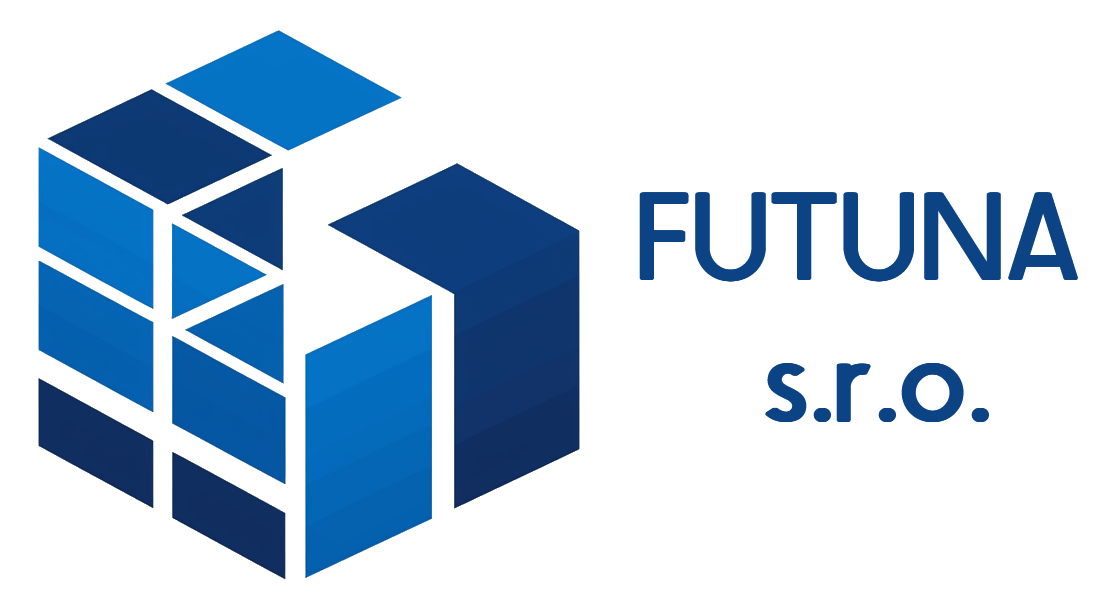In today’s globalized industrial landscape, companies increasingly look beyond national borders to source talent and execute projects. For businesses contracting with sole entrepreneurs (zivnostnici) from Slovakia and Hungary to serve industrial projects in Germany, France, and Italy, successfully navigating cross‑border regulations is both a challenge and a competitive advantage. In this article, we explore the key regulatory landscapes of these target markets, common compliance hurdles, and best practices to ensure smooth project execution across borders.
Understanding the Regulatory Landscape
Each country within the European Union maintains its own set of regulations and permitting procedures—even though many EU directives aim to harmonize standards. For industrial projects, the regulations often span multiple areas, including environmental protection, occupational health and safety, and product or facility certification.
Germany
Germany is renowned for its rigorous regulatory environment. Industrial facilities must comply with national laws implementing EU directives such as the Seveso‑III Directive (on major‑accident hazards) and strict environmental controls (for example, those linked to the TA Luft air quality regulation). Permitting processes may involve:
- Detailed risk assessments for hazardous substances.
- Comprehensive environmental impact studies.
- Coordination with local building and safety authorities who interpret the national model building codes alongside regional variations.
These layers of regulation ensure high safety and environmental standards but require thorough documentation and timely submissions.
France
French industrial regulation is characterized by an emphasis on sustainability and safety. French authorities, under directives like the General Product Safety Regulation, and initiatives targeting hazardous substances (for example, upcoming PFAS restrictions), demand:
- Robust safety and quality control measures.
- In-depth environmental impact reports.
- Coordination with multiple local and national agencies that scrutinize everything from emissions to energy usage.
Due to evolving regulations aimed at enhancing competitiveness and sustainability, French permit processes can sometimes be lengthy and require proactive engagement with regulatory bodies.
Italy
Italy’s regulatory framework for industrial projects includes a mix of national, regional, and sector-specific standards. In Italy, industrial permits and environmental authorizations require:
- Detailed compliance documentation with both EU and Italian-specific environmental laws.
- Engagement with regional authorities that oversee building permits and industrial safety, sometimes resulting in varying requirements even within the same country.
- Close attention to the evolving guidelines on renewable energy, hazardous substances, and occupational safety.
Key Challenges in Cross‑Border Compliance
When managing industrial projects that span multiple EU countries, companies encounter several common challenges:
Regulatory Fragmentation
Although EU directives aim for harmonization, national authorities still apply local interpretations and supplementary rules. This regulatory fragmentation means that what is acceptable in one country might require additional measures in another. For instance, while Germany’s permitting might emphasize technical risk assessments, France might place more weight on environmental due diligence and stakeholder consultation.
Permitting and Documentation
Industrial projects typically require multiple permits—covering environmental impact, safety, and construction—and these may be issued by different authorities in each country. Navigating this paperwork, ensuring consistency across borders, and meeting each authority’s deadlines can delay project timelines.
Language and Cultural Barriers
Despite a common legal framework within the EU, language differences and administrative practices can create additional hurdles. Documentation may need to be translated, and local legal nuances must be understood to avoid non‑compliance.
Constantly Evolving Regulations
Recent initiatives—from the EU’s Green Deal to updated national policies—mean that regulatory requirements are subject to rapid change. Companies must be vigilant, continuously monitoring updates from national agencies and the European Commission to stay compliant.
(For an in-depth analysis of cross-border project challenges and regulatory fragmentation, see the Commission’s case study on cross-border and multi‑country projects commission.europa.eu.)
Best Practices for Navigating Cross‑Border Regulations
Successfully managing cross‑border industrial projects requires a proactive and well‑structured approach. Here are some best practices to help your business stay ahead of the regulatory curve:
1. Conduct In‑Depth Local Research
Before initiating a project, perform comprehensive research into the specific regulatory requirements in Germany, France, and Italy. This includes:
- Reviewing national guidelines and permitting procedures.
- Monitoring recent updates or changes in environmental, safety, or labor regulations.
- Consulting official sources like national government portals or EU guidance documents.
2. Engage Local Experts and Legal Advisors
Local regulatory experts, including legal advisors and technical consultants, are invaluable. They can:
- Help interpret national nuances that may not be apparent from EU directives alone.
- Assist in preparing documentation and risk assessments.
- Provide on‑the‑ground support during inspections and permit applications.
3. Standardize Documentation and Reporting
To overcome differences in local requirements, develop standardized documentation templates that can be adapted for each jurisdiction. Ensure that all technical reports, safety assessments, and environmental impact studies meet the highest EU standards and include:
- Detailed risk mapping.
- Clear timelines and milestones.
- Consistent definitions of technical and safety criteria.
4. Utilize Technology to Monitor Regulatory Changes
Implement compliance management software or subscribe to regulatory update services. These tools can help you stay informed of any changes that might affect your project and allow for timely adjustments in your compliance strategy.
5. Build a Network of Reliable Partners
Collaborate with local partners such as sole entrepreneurs, subcontractors, and industry associations. Their local expertise and established relationships with regulatory bodies can streamline the permitting process and reduce delays.
(Insights from cross-border infrastructure projects supported by the European Investment Bank highlight the importance of technical advisory and stakeholder coordination in overcoming regulatory barriers eib.org.)
How Our Business Model at FUTUNA s.r.o. Helps Overcome Regulatory Hurdles
Our company’s business model is built on contracting with highly qualified sole entrepreneurs in Slovakia and Hungary who have extensive experience working on industrial projects across Europe. Here’s how this model offers an edge in navigating cross‑border regulations:
- Local Expertise, European Reach: Our contractors are not only adept at managing their own compliance in Slovakia and Hungary but are also well‑versed in the regulatory expectations of Germany, France, and Italy. This dual familiarity enables a smoother integration into the local regulatory framework.
- Agile and Responsive Teams: By engaging independent professionals, we can scale our workforce quickly in response to regulatory requirements, ensuring that necessary permits and compliance documents are prepared on time.
- Cost‑Effective Compliance: Without the fixed overhead of full‑time employees, we allocate resources more flexibly toward acquiring expert advice and technology tools that monitor and manage regulatory changes, ultimately reducing project costs and delays.
- Strong Partnerships: Our longstanding relationships with local legal and regulatory consultants in each target country enable us to secure early insights and resolve issues before they become project bottlenecks.

Conclusion
Navigating cross‑border regulations for industrial projects in Germany, France, and Italy is a complex but surmountable challenge. By understanding the distinct regulatory landscapes, anticipating common hurdles, and adopting best practices—supported by local expertise and agile project teams—businesses can not only ensure compliance but also enhance project efficiency and competitiveness.
Our business model, based on contracting with experienced sole entrepreneurs from Slovakia and Hungary, is uniquely positioned to help you overcome these regulatory challenges. By leveraging local insights and standardized compliance processes, we deliver projects that meet the highest safety, environmental, and quality standards across borders.
For more information on how we manage cross‑border compliance and to discuss your next industrial project, please get in touch.


